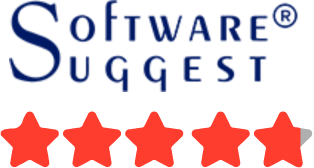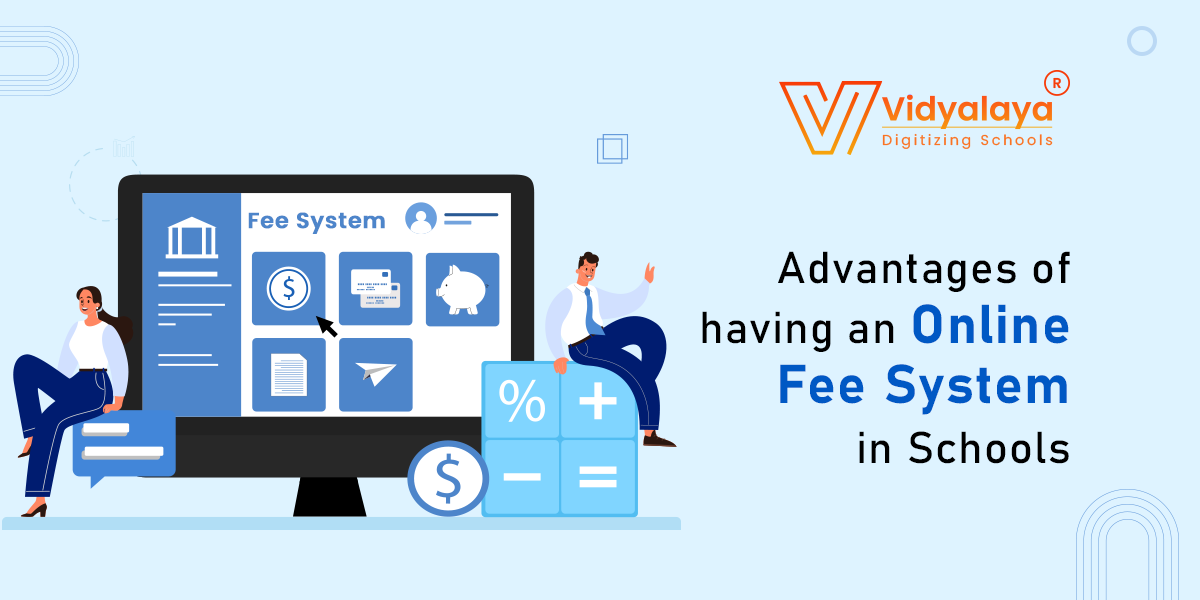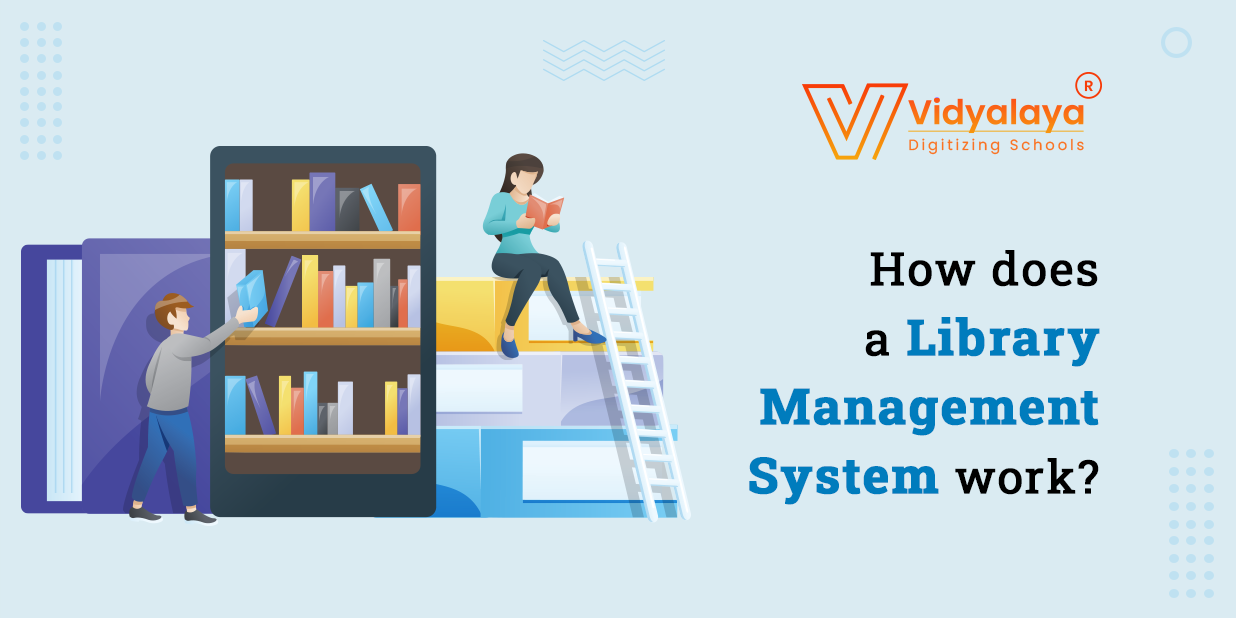In the educational sector, discipline has remained the backbone of everything. Not only in behaviour but also in workflows. Have you ever noticed that your teachers always succeed in implementing their scheduled responsibility? Do you wonder how they get success? How do they plan their every day? This is nothing but lesson plan management. Effective lesson planning is a key factor in teaching and learning success. A disciplined approach to conduct the annual curriculum framework helps to avoid further hassles. Many people confuse it with the term curriculum mapping. Although both look similar, they are not! As the implementation of NEP 2020 is surging the excitement among the sector, this important aspect has also received some limelight in recent days. Thus, EdTech companies are incorporating lesson plan management as a core feature in their LMS System. Want to learn what it is and how it is useful in the learning process? stay tuned!
What is Lesson Plan Management?
Lesson plan management is a crucial aspect of education that helps to deliver an immersive learning experience for the students. With this, teachers can simplify the curriculum framework by enabling them to plan digital lessons, notes, and other supplementary documents. But do you think it is an easy process? No, it involves a lot of effort, dividing the curriculum in sections, making schedules, considering the holidays or leaves, keeping a tab on exam dates, and many other factors that can impact this planning. Here, technology can come as a saviour. A Lesson Plan Management System aids teachers to assemble all these things and come up with a sure-shot and practical plan in a digitalized environment.
When teachers enter a classroom every day with full preparation of which and how new concepts should be delivered, arrange meaningful discussions in the class, instead of figuring out the sessions after they go, the session effectiveness is at its peak. Without lesson plan management, students are more likely to lose focus, teachers may leave scrambling, thinking of what’s next!
What is Curriculum Mapping?
Curriculum mapping is significant for educators as it helps to visualize the curriculum plan and balance the content across it. With this mapping, educators can compare the existing curriculum with national standards and evaluate their work following making the necessary improvements. Curriculum mapping helps educators to gather data on gaps and identify redundancies in course content. It supports the curriculum planning discussion and increases the coherence of the courses. No wonder curriculum mapping is an ongoing development that concentrates on improving student learning and resource quality across schools.
How does Lesson Plan Management Escalate the Teaching and Learning Process?
Educators and teachers undergo the stress of lesson plan management on every alternate day. A tailor-made Learning Management System integrated with a lesson plan management system relieves them. The system offers a wide range of strategies to teachers to engage students, assess progress, and experience comprehensive learning. Let’s learn how the contribution of lesson planning system For Teachers and educators levels up the effectiveness:
1. Lesson Planning Dashboard:
A lesson plan management system is a dedicated tool for complete management of sections of curriculum and incorporates much-needed flexibility. With the tool, teachers can define the learning objectives and schedule the sequence of teaching for each subject. Being a web browser or mobile app, teachers can access this schedule from anywhere. Teachers can stay updated with the latest plans and also collaborate with other teachers on planning and implementation of curriculum development. A handy dashboard gives a quick glance of all updates and helps stay informed.
2. Homework Management:
Homework is an important part of academics where student progress is tracked and the level of teaching process is evaluated. Lesson planning for Teachers helps to upload assignments, which are further accessed by students and re-upload for assessment. The tool integrates various communication mediums like email, chat, messaging, which makes it easy for teachers to stay in contact with students for any clarification. This fosters a healthy learning environment without any burden and prevents negative effects of learning. Designing and implementing different assessments is also a part of lesson planning for teachers. With the software, they can design and conduct formative and summative assessments.
3. Curriculum Management:
Principles or admins prepare curriculum framework for every standard before the start of the academic year. Manual implementation of this is a very tedious task to do. The lesson plan management software can automate the process considering all the contributing factors like holidays, availability of teachers, sessions per subjects, weightage of the subject, etc. Additionally, the software maintains timestamps for every resource, including the extra time worked by any teacher beyond their fixed schedule. A Lesson plan management system serves as an all-in-one platform to utilize resource material like textbooks, workbooks, podcasts, PDFs, etc. to enhance the learning experience.
4. Syllabus Tracking:
A lesson plan management software keeps track of curriculum progress. With this, teachers can get a quick overview of whether they are on the right track of achieving their desired goals or not. They can also execute curriculum mapping to maintain consistency in the teaching process. With this better understanding of the syllabus, they can promote collaboration and better instructional practices. Also, teachers can identify the adjustment and enhancement areas to bridge the gaps and improve the teaching process.
5. Improved instructional planning:
Syllabus-centric teaching is an outdated approach that focuses merely on completing the syllabus as fast as they can. In this method, there is no or less focus on individual student testing assessment. To overcome this, a flexible approach is imperative and a curriculum mapping facilitates it through in ways:
- Organize subject topics in an organized manner
- Arrange sufficient time for particular concepts
- Identify content inconsistencies
- Assess learner’s incompetencies and potential
A lesson plan management system helps to conduct curriculum mapping properly so that teachers can plan the instructional process efficiently.
Ending Thoughts!
Curriculum mapping activity is accomplished at higher levels but for teachers, it is a daily struggle to schedule a curriculum at sectional level and implement the same. Nearly half of their working time gets spent on lesson planning activity. To solve this issue, products like lesson planning management system come to the rescue. It can help to make effective lesson planning and ultimately contribute to successful learning outcomes for students.
Vidyalaya is a leading name in the education software sector that understands the requirements and comes up with feature-rich products. We facilitate teachers and educators with our expertise. We promise you to take your vision ahead with our futuristic inventions. Want to know more? Just get connected with us!























